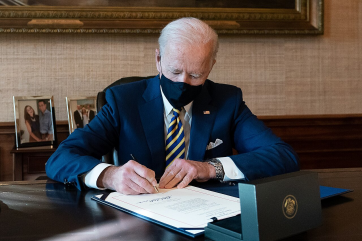Investing In Sexual, Reproductive Health Of 10 to 14 Year Olds May Yield Lifetime Benefits
By J BaulkmanInvesting in sexual and reproductive health of 10 to 14 year olds yields lifetime benefits, according to a recent study.
Researchers from Georgetown University's Institute for Reproductive Health note there is a lack of programs to help children of this age navigate passage from childhood to adulthood worldwide. This is a time when both girls and boys are constructing their own identities and are typically open to new ideas and influences.
Nevertheless, the opportunity to reach very young adolescents during the very years when sexual and reproductive health behaviors lasting a lifetime are being developed is frequently missed, the Institute for Reproductive Health researchers note. They report that educators, program designers, policy-makers or others typically do not view 10 to 14 year olds as a priority because the long-term benefits and value of investing in them goes unrecognized.
Researchers emphasize that they say that programs to engage 10 to 14 year olds must be tailored to meet their unique developmental needs and take into account the important roles of parents and guardians and others who influence very young adolescents.
"Ten is not too young to help girls and boys understand their bodies and the changes that are occurring. Ten is not too young to begin to move them from ignorance to knowledge," Rebecka Lundgren, senior author of the paper, said in a statement. "We need to reach 10 to 14 year olds, often through their parents or schools, to teach them about their bodies and support development of a healthy body image and a strong sense of self worth. We also need to hear their voices -- the voices of the under-heard and underserved. Ten is not too young."
The paper notes that preventive reproductive and sexual health services designed to suit the needs of very young adolescents are virtually non-existent in lower- and middle-income countries and that worldwide, family life education, youth centers, and youth-friendly health services with programs specifically targeted to 10 to 14 year olds rarely exist.
According to the World Health Organization and other groups, misinformation abounds about fertility (including first menstruation and ejaculation), sex, sexuality and gender identity in this age group. Very young adolescents often rely on equally uninformed peers or older siblings and the media for information.
Lundgren added that the few existing programs for youths age 10 to 14 years typically focus on girls.
"We need to expand that focus to include boys, laying a foundation for both girls and boys to learn and communicate with peers, parents, teachers and health providers as they develop positive self images and healthy practices in order to move this age group from vulnerability to empowerment," she said.
The findings were recently published in the journal Global Public Health.








